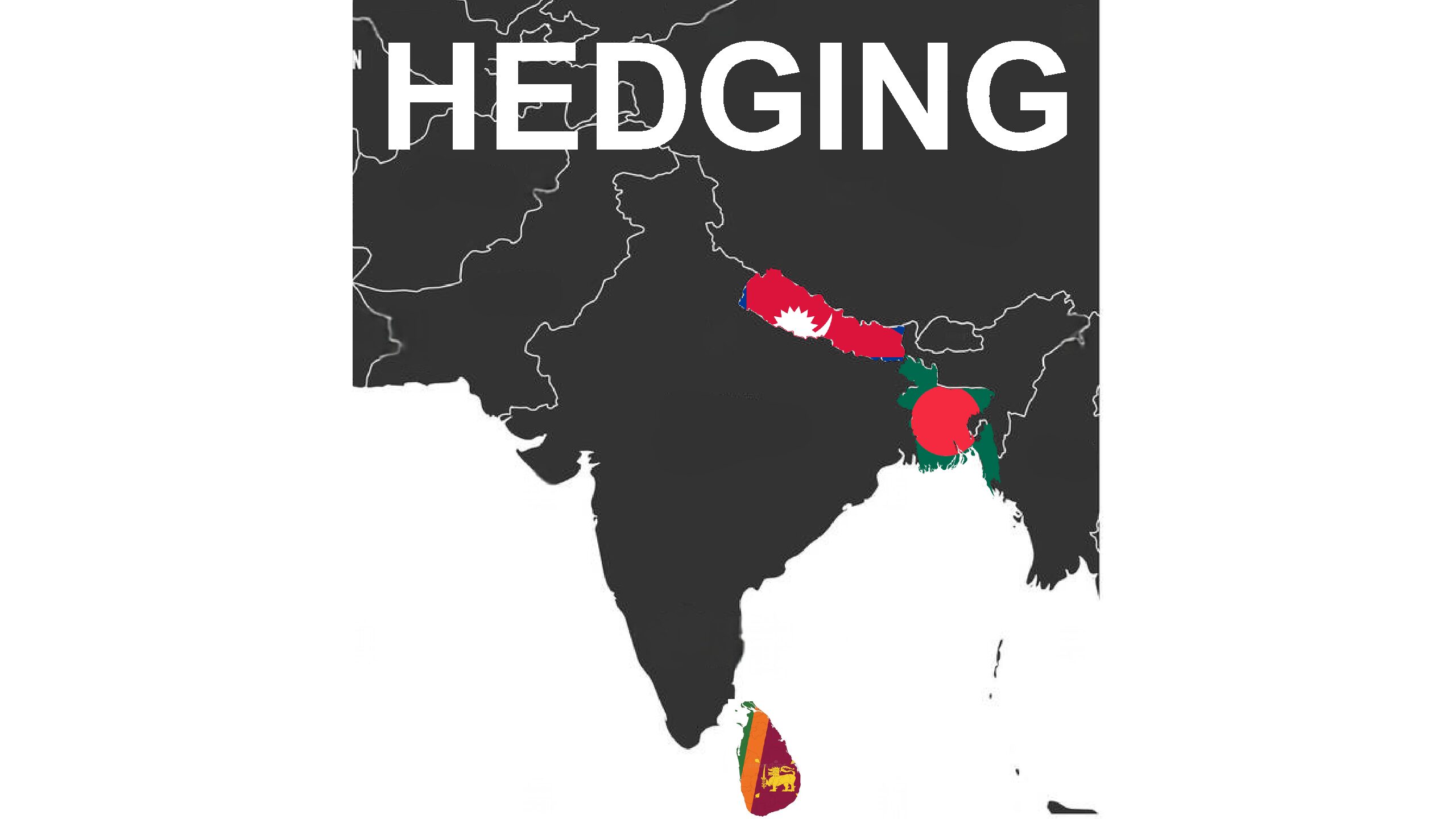June 16, 2025 Reading Time: < 1 minute

Reading Time: < 1 min read
Thedini Herath
Former Research Intern at the Lakshman Kadirgamar Institute of International Relations and Strategic Studies (LKI)
Abstract: This study examines the foreign policy behaviour of Bangladesh, Nepal, and Sri Lanka through the lens of Kuik’s three-feature framework of hedging: eschewing rigid alignments, pursuing contradictory measures to manage risks, and fostering inclusive diversification for fall back options. While historically associated with the Non-Aligned Movement, the foreign policies of these South Asian states have evolved in the post-Cold War era amidst intensifying major power rivalries, particularly involving India, China, and the United States. This research assesses each country’s empirical actions to determine the extent to which their strategies align with contemporary hedging behaviour. Findings reveal that all three states engage in strategic ambiguity, leveraging economic and military cooperation with competing powers without entering binding alliances. However, their approaches differ: Bangladesh demonstrates significant economic and military leverage despite recent instability; Nepal adopts cautious flexibility due to its geographic constraints; and Sri Lanka, while strategically located, faces greater external scrutiny and internal limitations. The analysis underscores that hedging enables these small states to protect autonomy and maximize benefits amidst geopolitical competition, but their capacity to hedge effectively depends on internal stability, economic strength, and diplomatic agility.